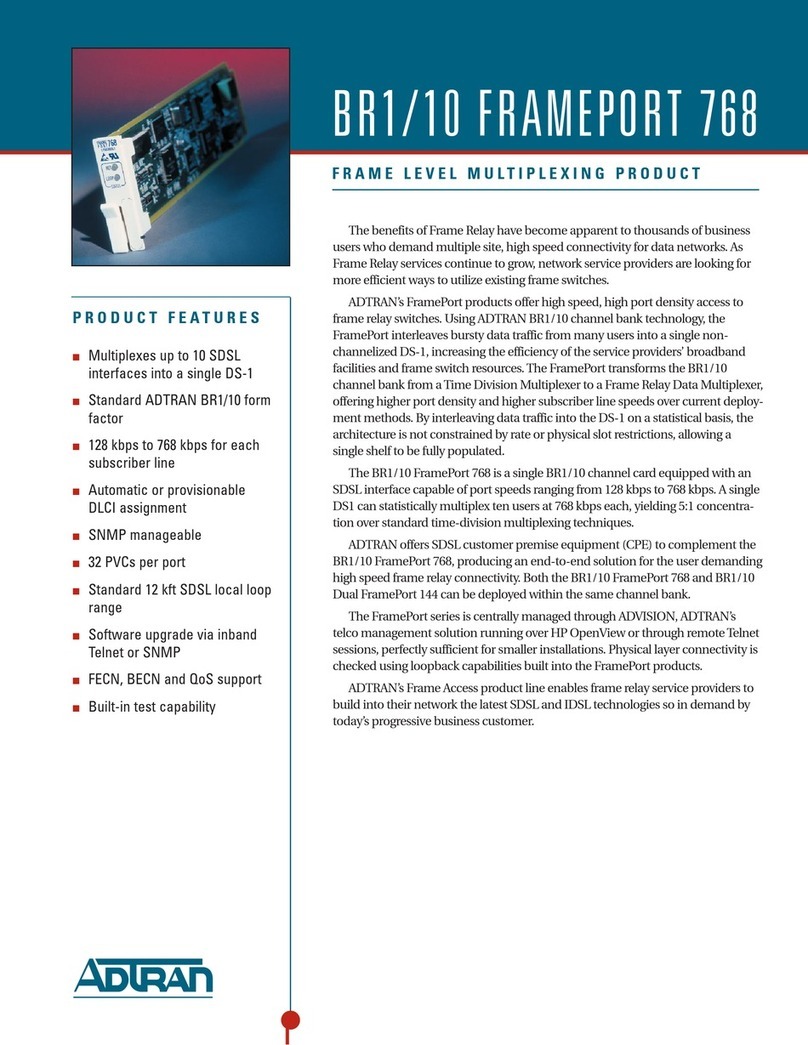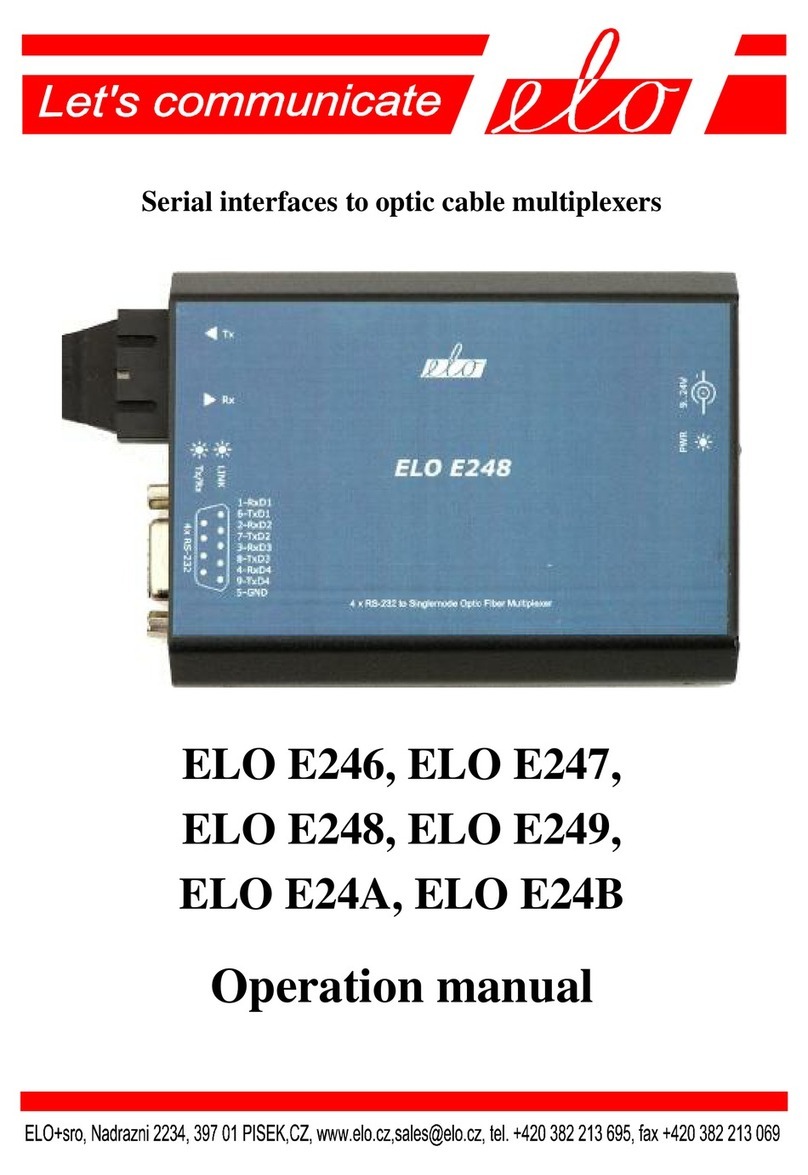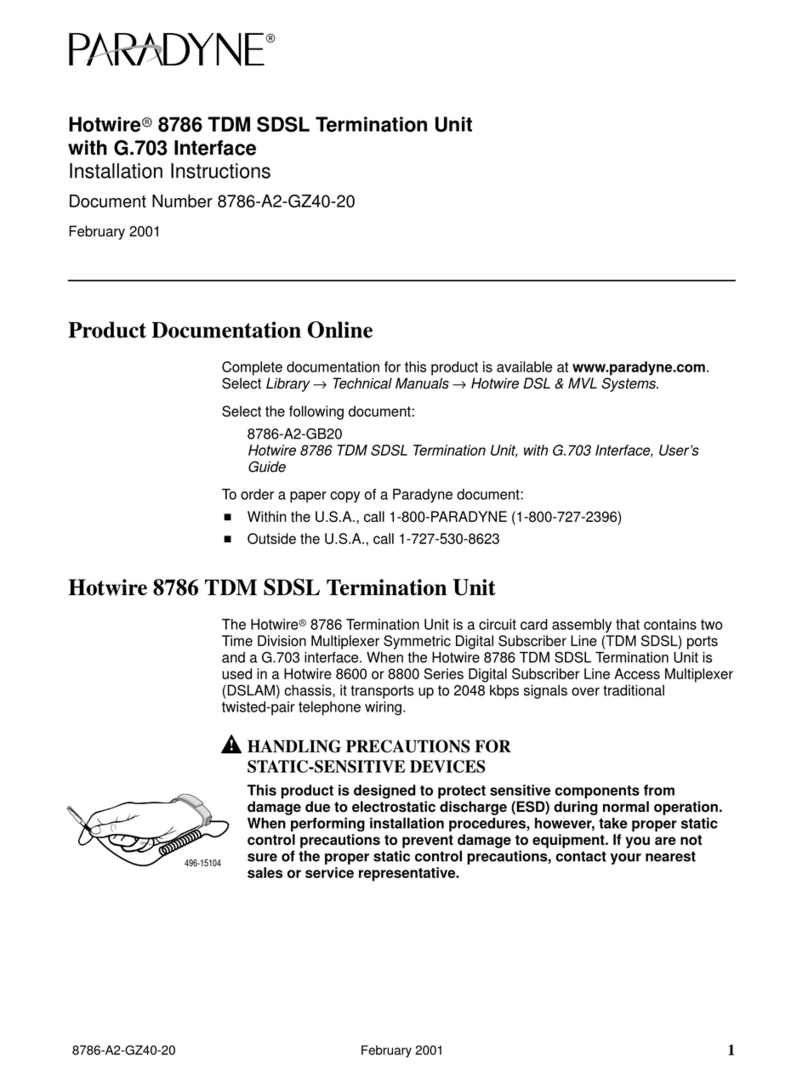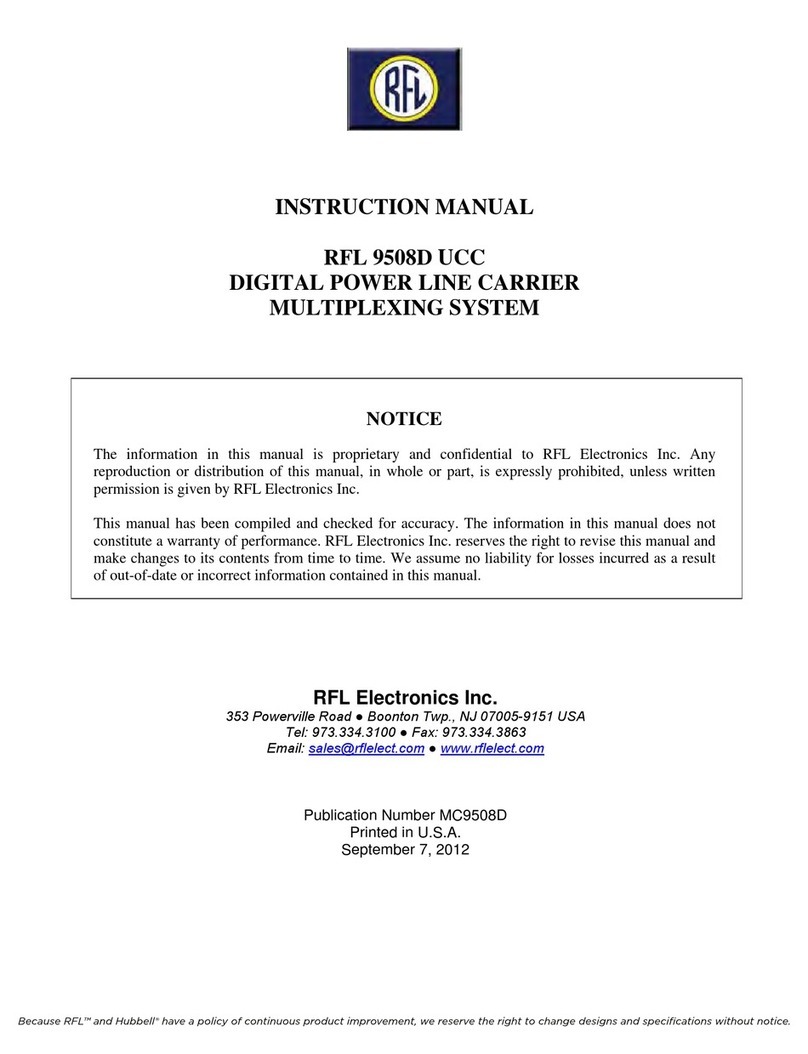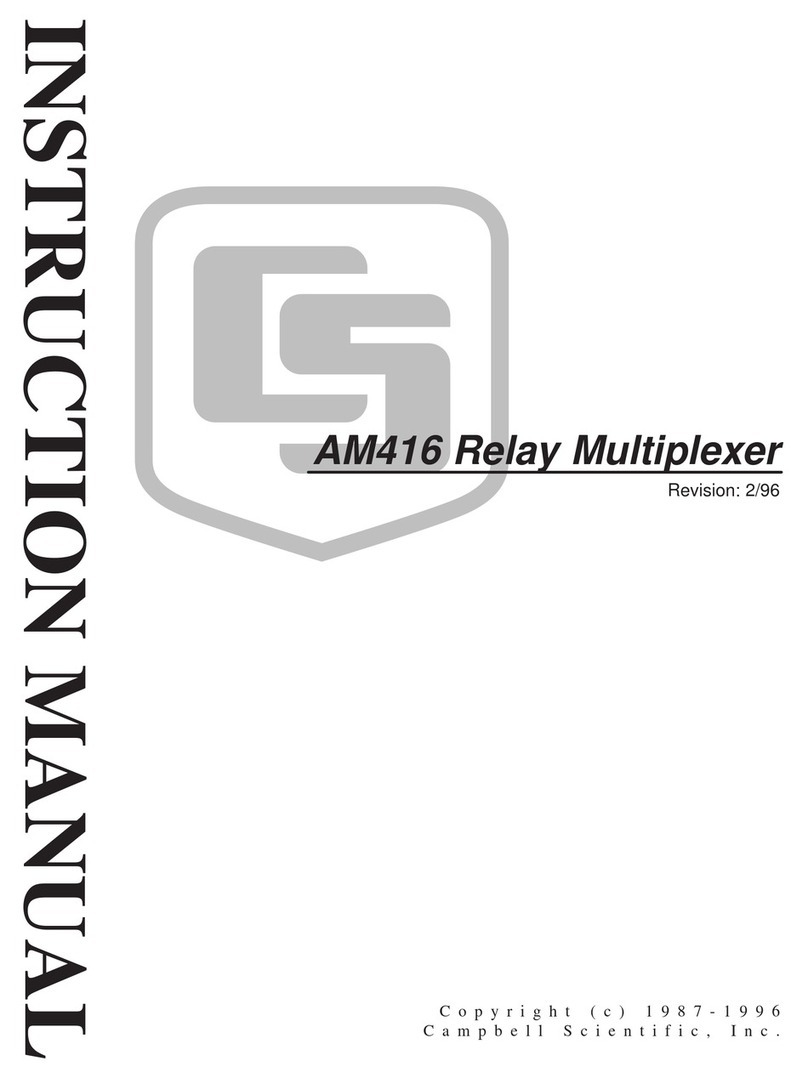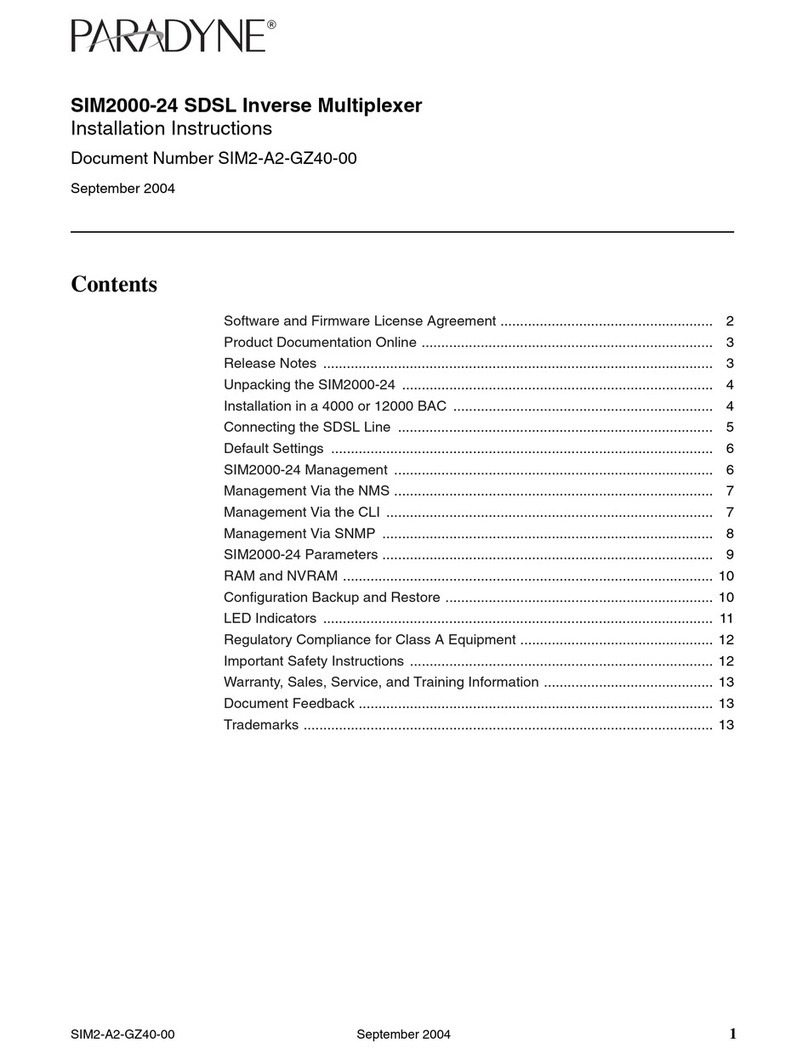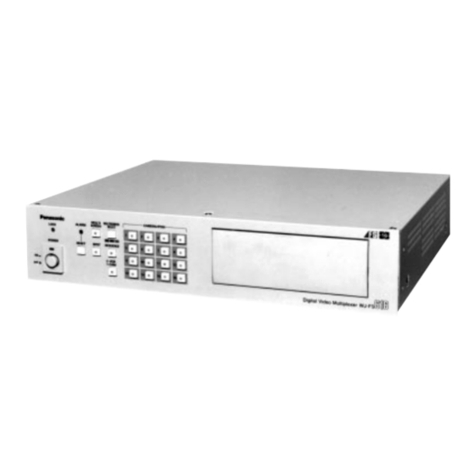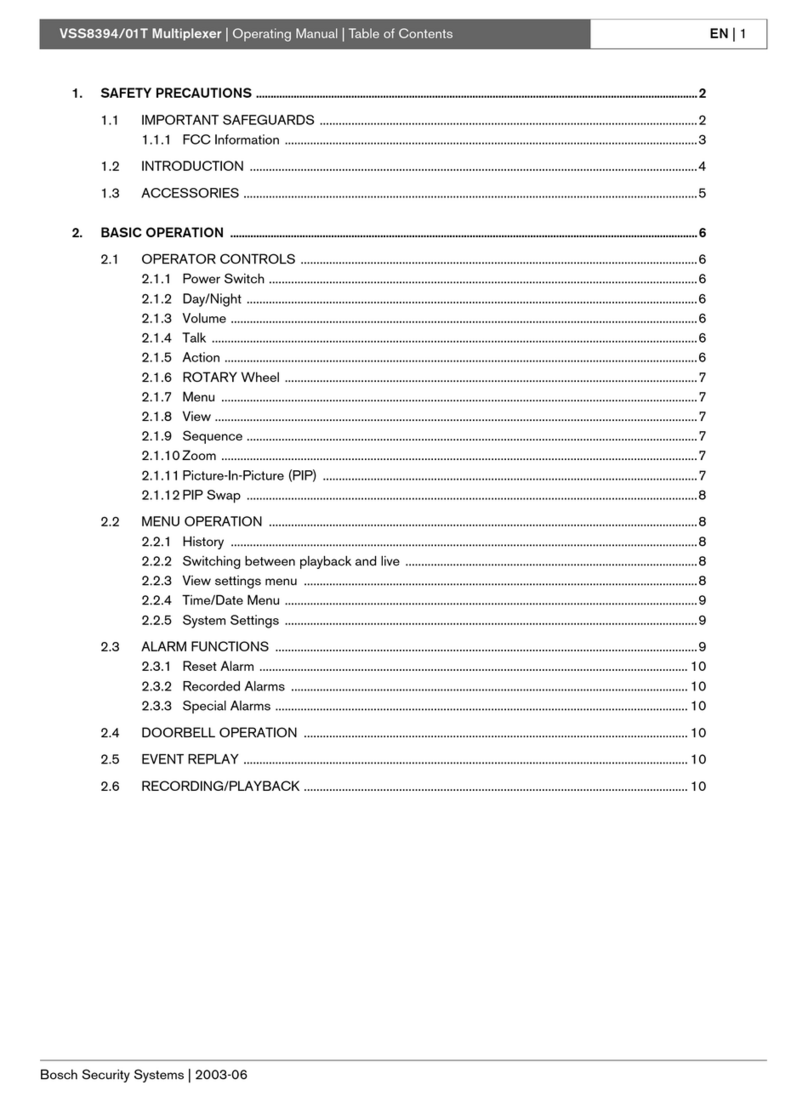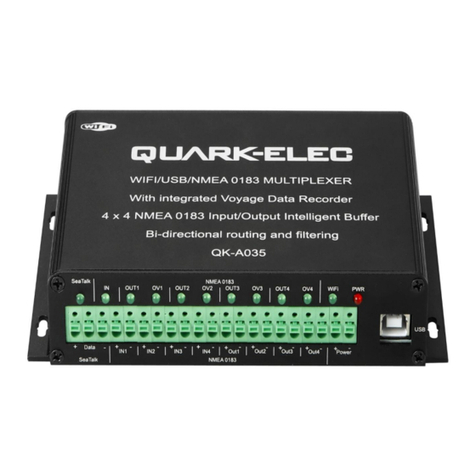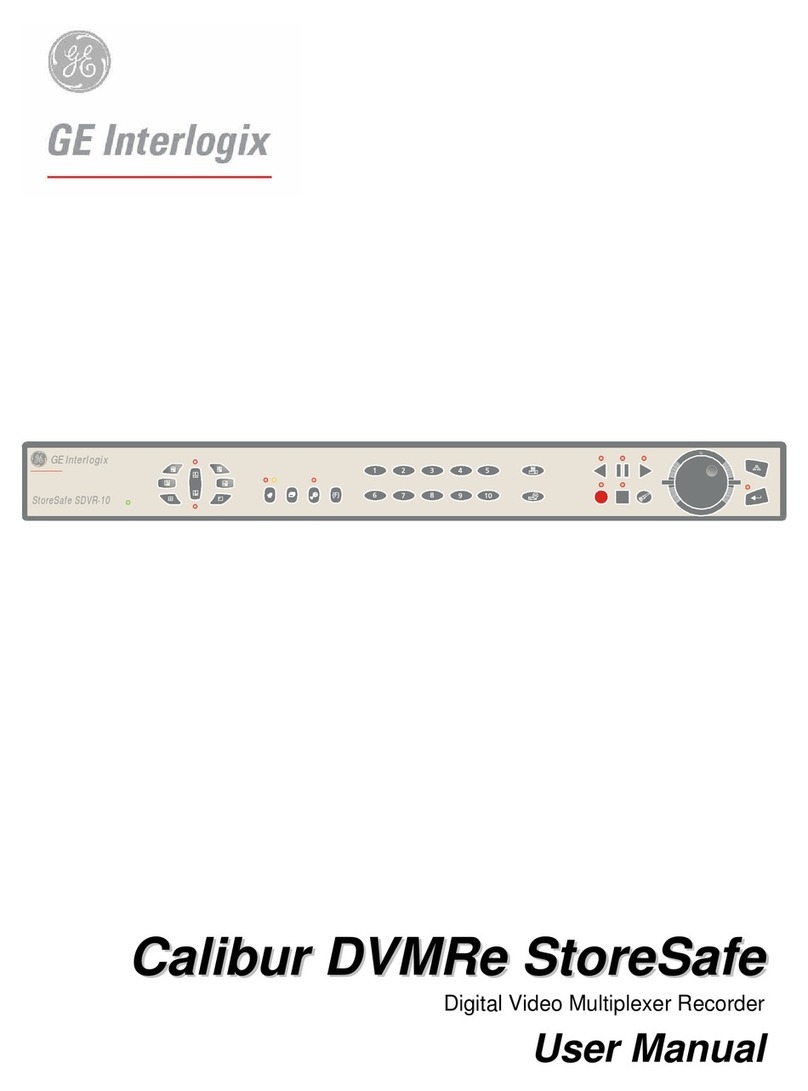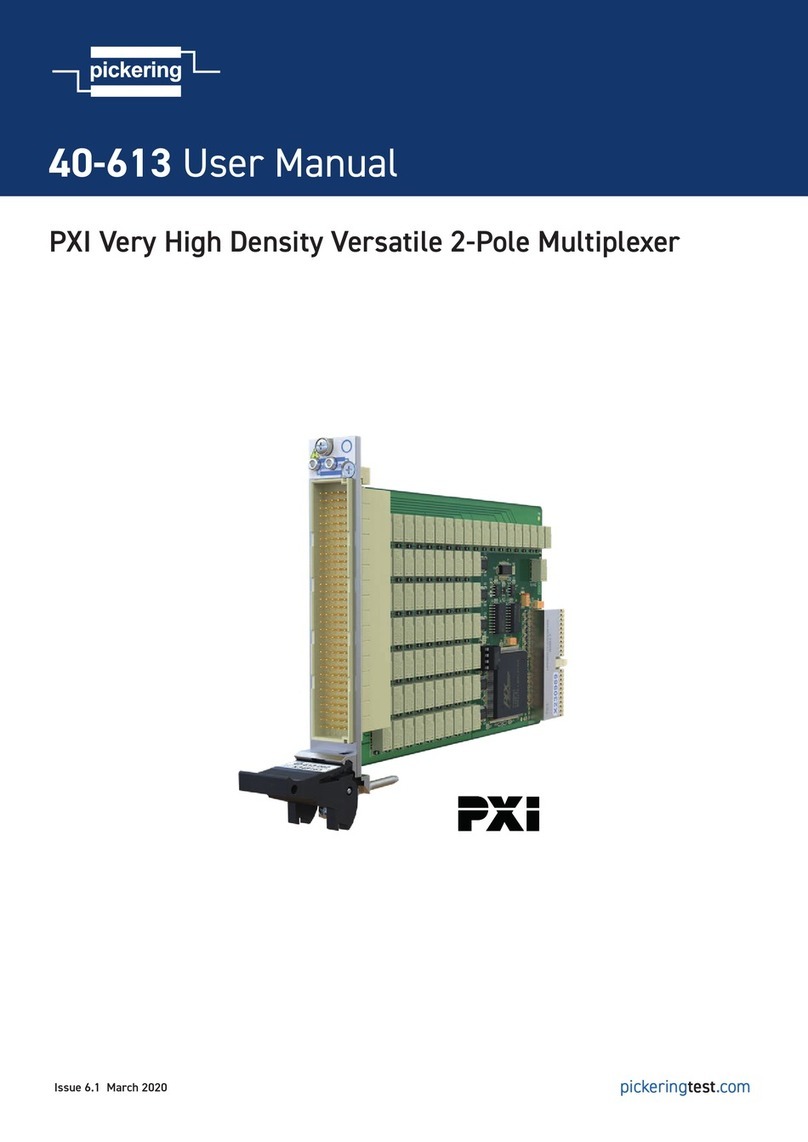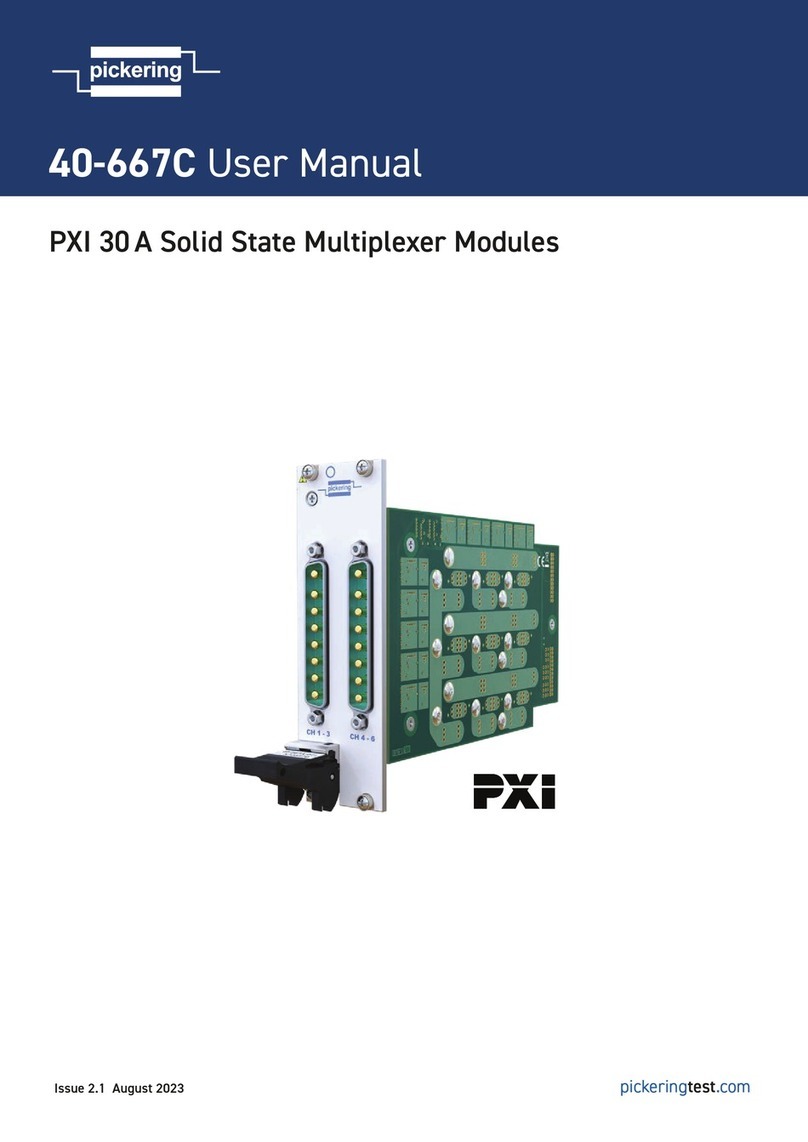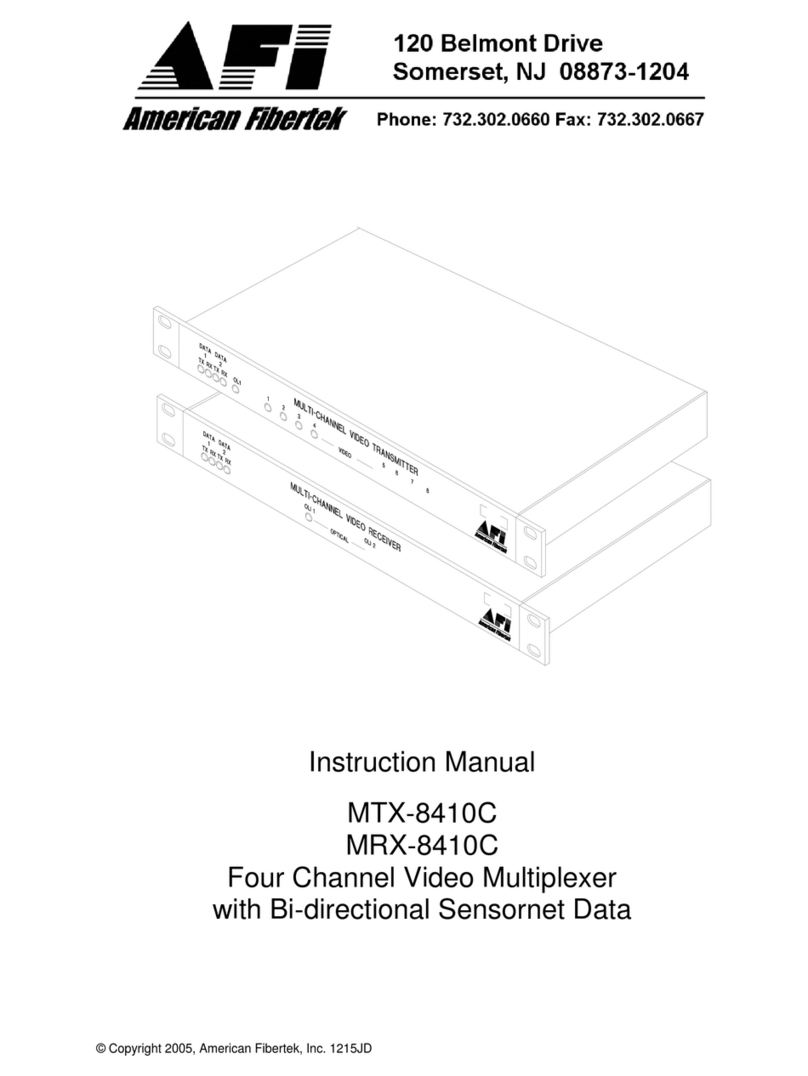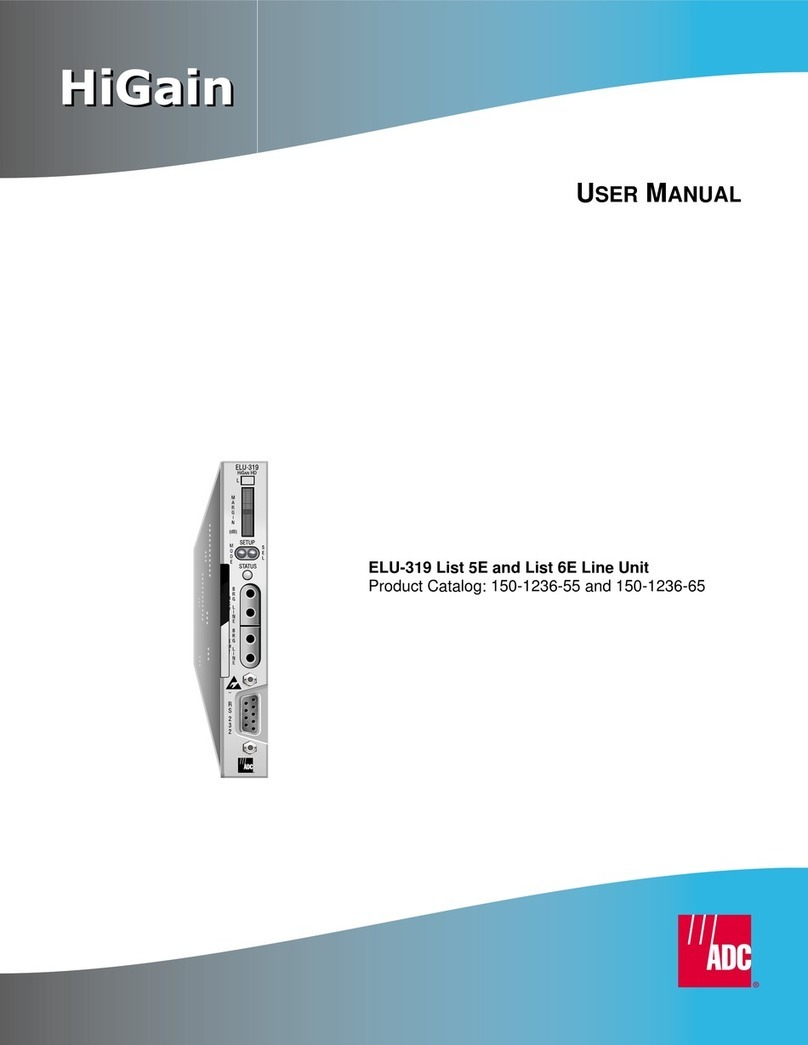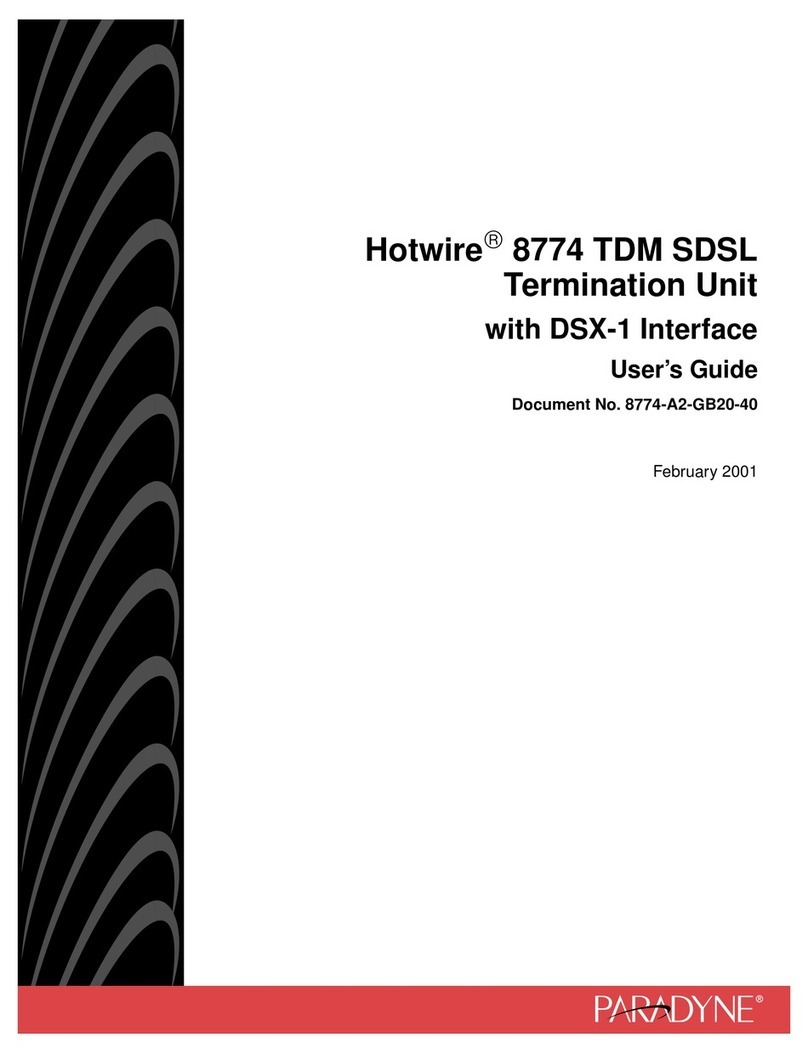
v
vv
v
Equipment Certificate
Anritsu Corporation certifies that this equipment was tested before
shipment using calibrated measuring instruments with direct traceability
to public testing organizations recognized by national research laborato-
ries including the Electrotechnical Laboratory, the National Research
Laboratory of Metrology and the Communications Research Laboratory,
and was found to meet the published specifications.
Anritsu Warranty
Anritsu Corporation will repair this equipment free-of-charge if a mal-
function occurs within 1 year after shipment due to a manufacturing fault,
provided that this warranty is rendered void under any or all of the fol-
lowing conditions.
•The fault is outside the scope of the warranty conditions described in
the operation manual.
•The fault is due to mishandling, misuse, or unauthorized modification
or repair of the equipment by the customer.
•The fault is due to severe usage clearly exceeding normal usage.
•The fault is due to improper or insufficient maintenance by the cus-
tomer.
•The fault is due to natural disaster including fire, flooding, earthquake,
etc.
•The fault is due to use of non-specified peripheral equipment,
peripheral parts, consumables, etc.
•The fault is due to use of a non-specified power supply or in a non-
specified installation location.
In addition, this warranty is valid only for the original equipment pur-
chaser. It is not transferable if the equipment is resold.
Anritsu Corporation will not accept liability for equipment faults due to
unforeseen and unusual circumstances, nor for faults due to mishandling
by the customer.
Anritsu Corporation Contact
If this equipment develops a fault, contact Anritsu Corporation or its rep-
resentatives at the address in this manual.
